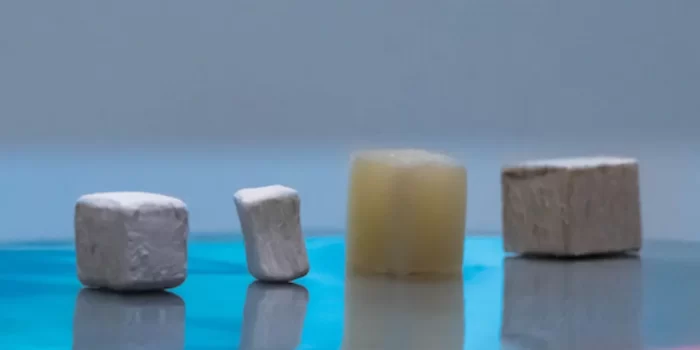As the world continues to battle climate change, scientists are exploring new ways to develop sustainable building materials that tackle carbon dioxide emissions. Now, researchers at Rice University in Texas have come up with an innovative solution to engineer wood that not only captures carbon dioxide from the air but also becomes stronger in the process.
The new technique exploits the natural properties of wood, enhancing its ability to capture carbon dioxide by introducing highly-porous microparticle metal-organic frameworks (MOFs) into the wood after the internal framework has been cleared out. This process, known as delignification, removes the structural component of the wood that makes it rigid, leaving behind a porous matrix that can be filled with the MOFs.

The introduction of MOFs into the wood matrix enables it to capture carbon dioxide from the surrounding environment. What’s more, the wood becomes stronger as it absorbs more carbon dioxide, making it a potential sustainable building material for the construction industry.
The use of wood as a sustainable building material has been gaining traction in recent years due to its low carbon footprint and renewable nature. However, wood is not as strong as concrete or steel, limiting its potential use in large-scale construction projects.
With this new technique, the strength of wood is enhanced, making it a more viable option for large-scale construction projects. The captured carbon dioxide can also be stored within the wood, reducing the amount of carbon dioxide released into the atmosphere.

In addition to being a sustainable building material, this engineered wood could also be used to create carbon-capturing furniture, packaging materials, and other products. The potential uses for this innovative material are vast, making it a promising solution in the fight against climate change.
In conclusion, the development of this new type of wood represents an exciting breakthrough in sustainable building materials. As the world continues to seek solutions to combat climate change, innovations like this provide hope for a brighter, more sustainable future.


